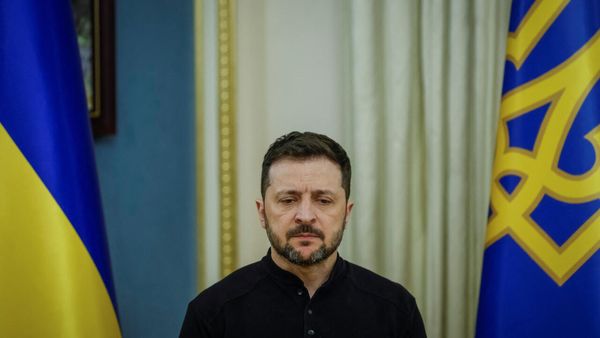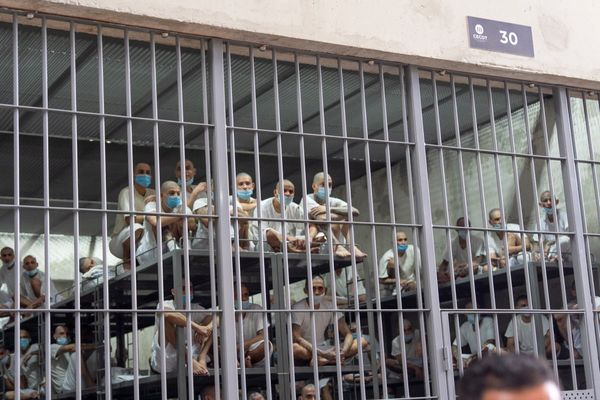
The city's rebuild has been difficult and some of the problems pre-date the 2011 earthquake – which happened 11 years ago this week. But there are signs of hope.
Opinion: New Zealand has only had to completely rebuild cities twice following earthquakes, the first time after the Hawke's Bay earthquakes of 1931, and the second after the Canterbury earthquake sequence of 2010 and 2011.
The Napier rebuild is roundly seen as a testament to modernist architecture, town planning and landscaping. There are a handful of rival art deco capitals in the world, such as Miami Beach and Santa Barbara, but the Department of Conservation maintains that none match Napier’s style. Indeed, the city was among the first places in the country to be nominated as a Unesco cultural heritage site. Significantly, despite almost total devastation, it could hold a "New Napier" celebration less than two years after the disaster.
Ōtautahi-Christchurch provides something of a contrast, with many commentators suggesting the recovery to date has been a textbook example of how not to build back better. Instead of building the first city of the 21st century, the last city of the 20th century has been constructed. Why has the rebuild been so problematic?
First, we must acknowledge the scale of the problem. The quakes created the biggest urban renewal project in this country’s history, making our oldest city – Christchurch – also now our newest. About 1000 buildings were destroyed or slated for removal from Christchurch’s city centre (about 80 percent of the CBD). Some 68,000 residential homes required repairs, 7000 “red-zoned” homes were compulsorily purchased by the crown, and 20,000 people were relocated. Half the city’s roads were damaged and a third of the city’s sewer network.
Second, the rebuild is also trying to fix trends that have existed long before the quakes: the city’s car dependence, what to do with the suburb of New Brighton, and how to rectify the declining CBD (as a place to live and work).
The architect Ian Athfield argues that car dependency was locked into the city by traffic engineers and transport consultants half a century ago. Others have argued that New Brighton’s reason for being was removed with the legalisation of Saturday trading 40 years ago, and the historian Katie Pickles noted that Christchurch had already taken on the form of a doughnut city long before the quakes, its centre shorn of useful functions. Instead of being a vibrant, living city, within the four avenues it was more of "a colonial theme park" for visiting tourists.
Third, Christchurch is not dealing with a disaster, but with a series of disasters. There have been tens of thousands of earthquakes. The city has had to contend with devastating river flooding (in 2014, 2019, and 2021) and wildfires in the Port Hills (in 2017). In addition to being the site of one of the country’s worst natural disasters, it is also now the site of the country’s worst terrorist attacks, which killed 51 people (2019). The Covid-19 pandemic is also causing huge problems, particularly for tourism and hospitality. Canterbury is also ground zero for the country’s water politics, with Mike Joy writing that "the contamination of freshwater in the Waitaha region ranks among the worst environmental disasters in the history of Aotearoa New Zealand".
This all sounds dismal, but there are reasons for hope. Positive post-quakes developments include:
* The flax-root actions of Ngāi Tahu, which were seen as an example of best practice recovery. The disasters also made for a world first – Ngāi Tahu became an official partner in the recovery, the first indigenous group to do so globally. They are making their presence felt in the very fabric of the city. This most English of settlements is becoming a post-colonial place.
* The people of Ōtautahi have shown world-class creativity in “temporary urbanism” – short-lived community-initiated constructions that enhance shared city life (such as community gardens, event venues and parks).
* The Student Volunteer Army successfully mobilised to help fellow Cantabrians clean up after the quakes. Unusually for a voluntary group they have become a “repeat emergent” emergency response organisation, also helping after the Kaikōura earthquake, the Covid-19 pandemic and the 2021 Canterbury flood. They also now offer programmes for primary, secondary and tertiary-level students across the country, and thus offer an inspirational model for young leadership nationally.
* When the quakes struck there was something of an old boy network running the city that birthed our suffragette movement. The majority of the national and local authority figures were male. Now the Prime Minister, the minister for regeneration, the mayor, the editor of The Press, and the CEOs of the Christchurch Foundation, Christchurch NZ and the Christchurch Chamber of Commerce are all women. As one of my interview respondents put it: “This city is definitely run by women now.”
And what of the future? The majority of the city’s residents support ecological restoration of the Residential Red Zone, and it looks as if this is what they will get: a “greenprint” that will become the people’s anchor project. This is a real space of hope. At over 600 hectares, Regenerate Christchurch’s plans promise "a place of connection with each other, with nature and with new possibilities": a green spine from city to sea, the practice of mahinga kai, and a living laboratory to study climate change adaptation. Done well, this could become the country’s biggest social infrastructure project, fostering diverse interactions, shared participation, and social cohesion.
Steve Matthewman’s current research project is a Royal Society of New Zealand Marsden-funded work: Power Politics: Electricity and Sustainability in Post-Disaster Ōtautahi (Christchurch), with Hugh Byrd (Unitec) and Christine Kenney (Massey University)







